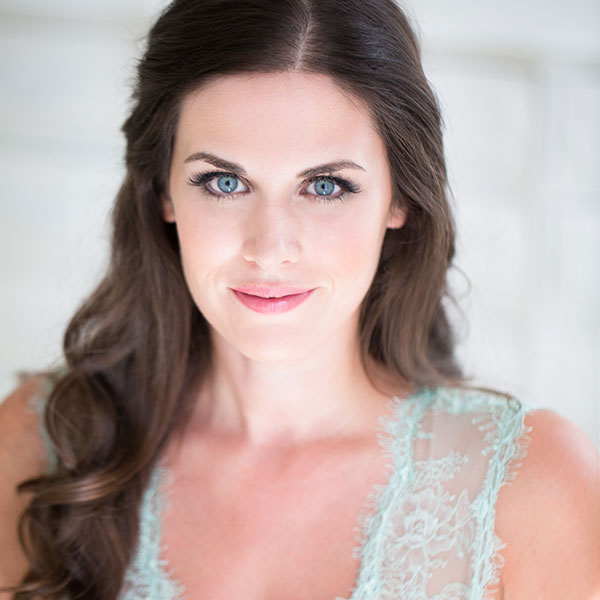iPhone camera evolution: How does the iPhone 6 camera compare to previous iPhone cameras?

About Lisa Bettany
Lisa Bettany is cofounder of Camera+ and MagiCam and has been named one of the top 10 most influential photographers on the web. She is passionate about sharing knowledge and inspiring others to pursue their photographic dreams.
WWW Twitter Facebook Instagram Email
In the past seven years, each new advancement in iPhone camera technology has made dramatic improvements to image quality. The iPhone 6 is no different. Besides being faster to shoot and easier to focus, the images taken with the iPhone 6 camera show greater detail and are significantly better in low-light.
In this follow-up post to my iPhone 4s and iPhone 5 comparisons, I present an 8 iPhone comparison from all iPhone versions taken with Camera+ including, the original iPhone, iPhone 3G, iPhone 3GS, iPhone 4, iPhone 4S, iPhone 5, iPhone 5S, and the new iPhone 6 in a variety of situations to test the camera’s capabilities.
To view full-sized photos from each iPhone, click on the corresponding photo slice in the photo widget.
Macro
The first group of photos is a macro comparison of a bowl of strawberries shot outdoors in cloudy daylight. The original iPhone and 3G can’t even focus on the strawberries, so the result is a blurry, pixelated image. We see improvements with details and sharpness in the 4 and 4S photos, and an even greater level of detail with the 5 and 5S. The 6 shows incredible detail on the stem.
Backlit
Next, a backlit situation which really shows the improvements the iPhone camera has made with high contrast lighting situations and lens flare. Remember the iPhone 4’s red dot lens flare? Love it or hate it, it was a fun tool for creative shots, but disappeared with the 4S. The detail and contrast on my face is getting better with the 5 and 5S, but makes a marked improvement on the 6 where the shot is beginning to look quite balanced.
Daylight
In this standard daylight shot, one of the main differences is the white balance. We see a shift from a warmer tone to a more true tone with the iPhone 4S. An increase in details is also apparent looking at the Fish Market sign from the 5 series on, but no huge differences between the 5S and 6 here.
Portrait
Skin tones look brighter and more true to life with the iPhone 6 in this portrait series. Although the iPhone 6 photo has a higher level of detail, I’m finding it slightly pixelated and blotchy-looking. Apple altered their local tone-mapping algorithm for better exposure and contrast using the new A8 processor, but it looks like it might be causing some issues with the skin tones in these shots. Additionally, their new noise reduction algorithm seems a bit heavy handed causing pixelation.
Also, you can clearly see the purple haze issue that plagued the iPhone 5. I thought it added a certain 70s flare to my photos.
Sunset
In the sunset photo comparison, we see a clear progression of the image quality improvements. An interesting find is that the iPhone 5S photo has significantly more contrast and vibrancy than the 6 shot. The iPhone 6 shot has more detail, but is a much flatter image. This could be due to Apple’s tweaking of the tone-mapping algorithm and perhaps a conscious decision to bring a more balanced RAW-like quality to the iPhone 6’s images. For photographers who want to control aspects like contrast and saturation in post-processing, this may be a welcomed change.
Lowlight
Low light is where the newer phones shine and the 6 certainly shows an improvement over the 5S. Apple announced that they altered the low light algorithm in the iPhone 6 series and you can definitely notice the decrease in the noise of the 6 photo.
Every time I do this comparison, I am amazed at how far the iPhone camera technology has come. It has transformed the way we capture and share memories. With each new phone, we can capture these moments faster and more accurately with better quality images. Even though they share the same 8-megapixel CMOS sensor and five-element f/2.2 lens, after a few days of shooting with the iPhone 6, I can say that it is better than the iPhone 5S. With Apple’s new Focus pixels sensor feature and advancements made in noise reduction algorithms and local tone mapping, I do see significant improvements to low light and details in shadowed areas. The only thing we need now is adjustable aperture!
Featured Posts
-
 Camera+ 10 arrives with full depth support, HEIF, accurate viewfinder and smiles!
by Pedro Cuenca
Camera+ 10 arrives with full depth support, HEIF, accurate viewfinder and smiles!
by Pedro Cuenca
-
 A Beginners Guide for Manual Controls in iPhone Photography: ISO
by Jack Hollingsworth
A Beginners Guide for Manual Controls in iPhone Photography: ISO
by Jack Hollingsworth
-
 A Beginners Guide for Manual Controls in iPhone Photography: Shutter Speed
by Jack Hollingsworth
A Beginners Guide for Manual Controls in iPhone Photography: Shutter Speed
by Jack Hollingsworth
-
 How To Shoot Close-Up and Macro Photography With Your iPhone
by Jack Hollingsworth
How To Shoot Close-Up and Macro Photography With Your iPhone
by Jack Hollingsworth































































































